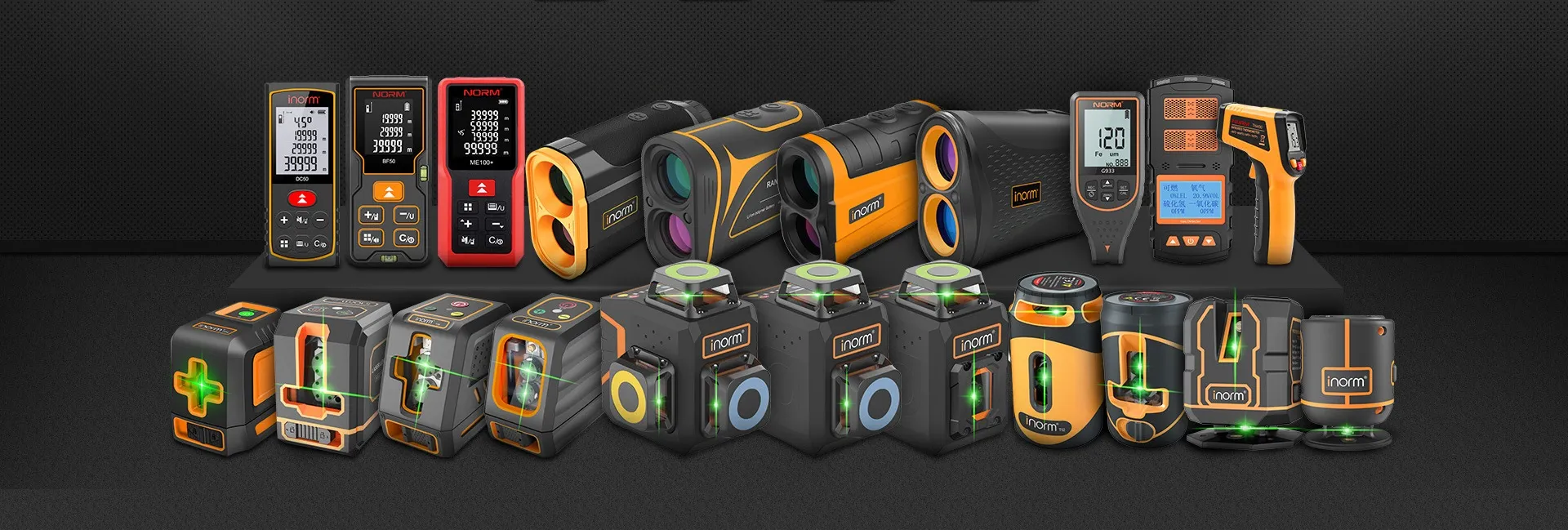1. Introduction
1.1 Background
Laser levels have become an indispensable tool in the field of measurement, revolutionizing how professionals and DIY enthusiasts approach leveling and alignment tasks. Their widespread use across various industries makes an in - depth exploration of their history and applications both relevant and timely.
1.2 Objectives
This report aims to trace the historical development of laser levels and comprehensively analyze their diverse applications, providing valuable insights into this dynamic industry.
1.3 Methodology
Data for this report was gathered from a variety of sources, including online databases, industry publications, and product reviews. This information was then critically analyzed to present an accurate and well - rounded view.
2. The History of Laser Level
2.1 Early Development of Laser Technology
The story of laser levels begins with the invention of the laser itself. In 1960, Theodore Maiman built the first working laser, the ruby laser, at Hughes Research Laboratories. This breakthrough in light amplification by stimulated emission of radiation laid the foundation for countless applications, including laser - based measurement tools.
2.2 Emergence of Laser Level
As the need for more precise leveling and alignment in construction, manufacturing, and other industries grew, the laser level emerged. By the 1970s, early versions of laser levels started to appear on the market. These were basic in design, using simple laser diodes to project a straight line, which was a significant improvement over traditional spirit levels.
2.3 Technological Evolution
Over the decades, laser levels have undergone continuous technological advancements. Improvements in laser diode efficiency, the addition of self - leveling features, and the integration of digital displays have made modern laser levels highly accurate and user - friendly. For example, today's laser levels can achieve accuracies of up to ±0.5 mm/m, far surpassing the capabilities of their predecessors.
2.4 Milestones in the History of Laser Level
One of the key milestones was the development of 360 - degree rotating laser levels, which allowed for leveling in all directions. Another significant advancement was the introduction of wireless remote control, enabling operators to adjust the laser level from a distance, increasing efficiency on job sites.
3. Main Application Scenarios
3.1 Construction Industry
3.1.1 Building Construction
In building construction, laser levels are used for a multitude of tasks. They ensure that walls are perfectly vertical, floors are level, and ceilings are evenly installed. For instance, when constructing multi - story buildings, laser levels help in maintaining the alignment of structural elements, preventing costly errors.
3.1.2 Infrastructure Projects
For infrastructure projects such as road construction and bridge building, laser levels play a crucial role. They are used to grade the ground accurately for road surfaces and to align bridge components precisely, ensuring the safety and durability of the infrastructure.
3.2 Interior Decoration
3.2.1 Flooring and Tiling
When laying floors or tiles, laser levels help in creating straight and even lines. This results in a professional - looking finish, with uniform gaps between tiles, enhancing the aesthetic appeal of the space.
3.2.2 Installing Cabinets and Shelves
Laser levels are invaluable for installing cabinets and shelves. They assist in marking the correct height and alignment, ensuring that the fixtures are straight and securely mounted.
3.3 Industrial Manufacturing
3.3.1 Machinery Alignment
In industrial manufacturing, precise machinery alignment is essential for optimal performance. Laser levels are used to align machine parts during assembly, reducing vibrations and extending the lifespan of the equipment.
3.3.2 Precision Manufacturing Processes
For precision manufacturing processes, such as in the production of electronic components, laser levels ensure that components are fabricated and assembled with the highest degree of accuracy, meeting strict quality standards.
3.4 Other Applications
3.4.1 Surveying and Mapping
Surveyors use laser levels to measure elevation differences and create accurate topographic maps. The laser's precise beam allows for quick and accurate measurements over large areas.
3.4.2 DIY Projects
DIY enthusiasts also benefit from laser levels. Whether building a backyard shed or installing a new home entertainment system, laser levels simplify the leveling process, making it easier for non - professionals to achieve professional - quality results.
In conclusion, laser levels have a rich history of technological innovation and find extensive applications across multiple industries. Their continued development is likely to further expand their utility and market reach in the future.


